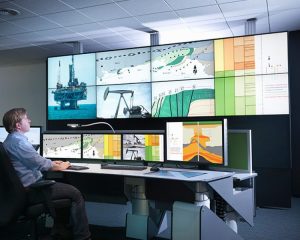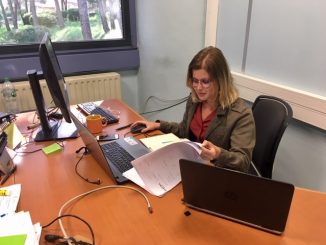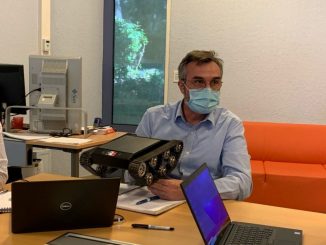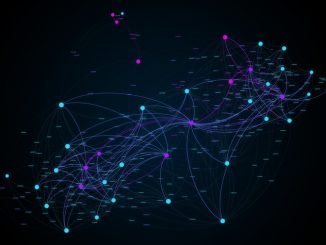 Explosions of the Piper Alpha platform in 1988, of a Texas City refinery in 2005, sinking of Deepwater Horizon in 2010 and the oil spill that followed, or the gas leak on the Elgin platform in 2012, reminded the need to prepare operators and management to deal with complex or even unknown situations in which they often have to find technical solutions. Such solutions may sometimes require engineering, without significant logistical support or with limited knowledge of the phenomena involved. Less salient but just as important, the day-to-day operation of industrial installations is marked by sequences of monitoring, doubts and where appropriate, anomaly management. In each case, the performance of the diagnostic and decision processes is a key element for safety.
Explosions of the Piper Alpha platform in 1988, of a Texas City refinery in 2005, sinking of Deepwater Horizon in 2010 and the oil spill that followed, or the gas leak on the Elgin platform in 2012, reminded the need to prepare operators and management to deal with complex or even unknown situations in which they often have to find technical solutions. Such solutions may sometimes require engineering, without significant logistical support or with limited knowledge of the phenomena involved. Less salient but just as important, the day-to-day operation of industrial installations is marked by sequences of monitoring, doubts and where appropriate, anomaly management. In each case, the performance of the diagnostic and decision processes is a key element for safety.
Aware of these challenges, in 2014 the TOTAL group launched two research and development programs: Major Accident Prevention (MAP) and Numerical Remote Vigilance (NRV). These projects helped to create Transverse Anomaly Detection Infrastructure (TADI) in southern France at Lacq. TADI acts as a realistic “industrial theater” where it’s possible to play realistic scenarios. TADI is coupled with VIRTUAL-TADI, a remote-control room including digital twin. TADI and VIRTUAL-TADI aim to test innovative technologies and train operators or decision-makers to manage anomalies and crises.
Since June 2017, the CRC has collaborated with TOTAL R&D. This collaboration aims to contribute to the development of the infrastructures and possible uses of TADI and VIRTUAL-TADI; bringing the CRC’s expertise in the fields of Human and Organizational, Artificial Intelligence and multi-agent systems.
An upcoming series of articles will retrace the highlights of this first year of collaboration. To be continued!







